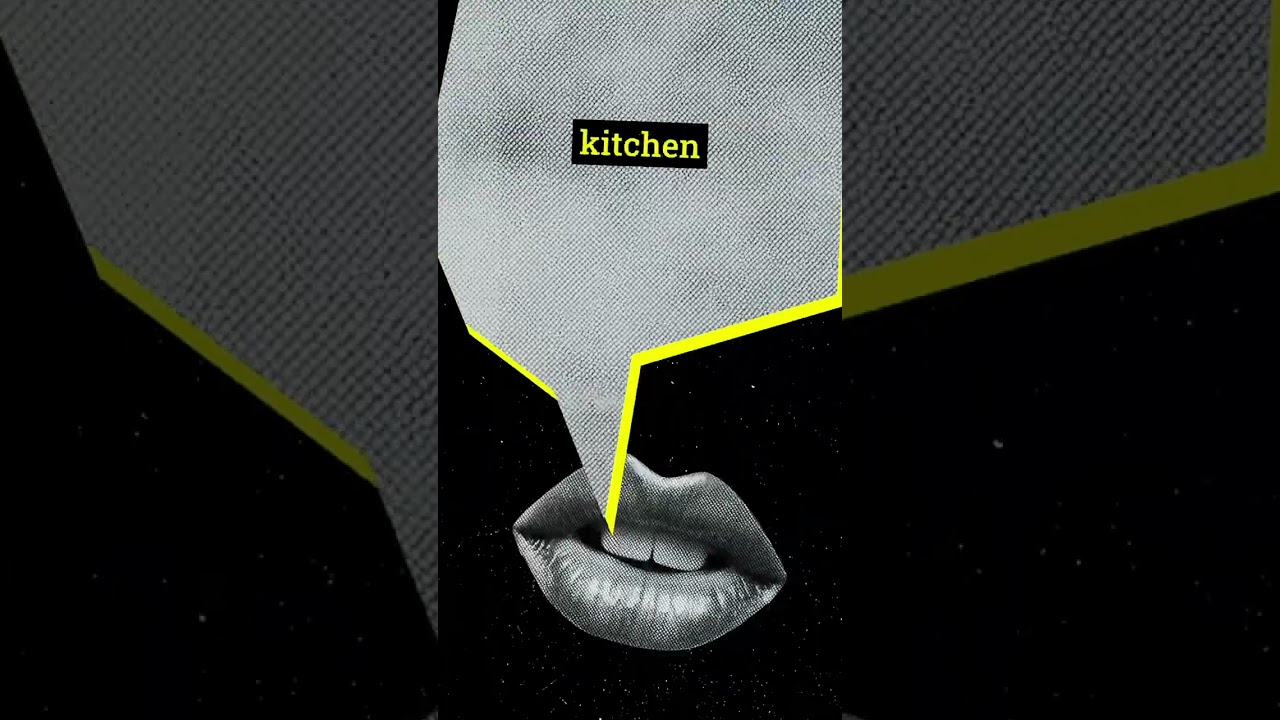The video explains that a server is a dedicated computer that continuously responds to requests from other devices, such as when you access a website. It compares servers to restaurant kitchens, handling multiple requests behind the scenes to deliver data seamlessly, and highlights their varying sizes and roles in supporting online services.
The video explains that a server is essentially a computer that operates continuously, ready to respond to requests from other devices. It emphasizes that the term “server” is commonly heard but often not fully understood. A server’s main role is to handle incoming requests and provide the requested information or service.
When you open a website on your device, it sends a request to a server. The server then processes this request, finds the relevant webpage or data, and sends it back to your device. This process happens quickly and seamlessly, allowing you to access online content effortlessly.
The analogy used in the video compares a server to a restaurant kitchen. When you place an order at a restaurant, the kitchen prepares your food and sends it out without you seeing the behind-the-scenes chaos. Similarly, a server handles multiple requests behind the scenes, delivering the needed data without user awareness of the complex processes involved.
Servers vary greatly in size and capacity. Some are small and dedicated to running a single application, while others are massive, supporting entire websites or cloud services. Major cloud providers like AWS, Azure, and Google rent out server space to users, allowing them to access powerful computing resources on demand.
In conclusion, a server is simply someone else’s computer designed to perform specific tasks quickly and continuously. Its primary function is to respond to requests from devices, enabling the smooth functioning of websites, apps, and online services that we rely on daily.
